Rail
4.O INDUSTRIAL Ai
The Problem
Rail infrastructure projects and operations involve multiple stakeholders and complex systems. Data from track maintenance, rolling stock performance, scheduling, safety monitoring, and passenger information systems are often siloed. This fragmentation makes it difficult to have a holistic view of the rail network, leading to inefficiencies and potential safety risks.
A Digital Twin can integrate data from various sources into a unified platform, providing a real-time and predictive view of rail operations. By simulating different scenarios, optimizing maintenance schedules, and predicting equipment failures, the Digital Twin can enhance efficiency, reduce downtime, and improve the safety and reliability of rail services. This comprehensive view supports better decision-making and strategic planning.

4.O INDUSTRIAL Ai
The Solution
The Digital Twin allows for comprehensive management of various aspects, such as:
- Monitoring real-time performance of tracks, trains, and signaling systems to identify and address issues before they cause disruptions.
- Coordinating maintenance activities to minimize impact on service and ensure optimal use of resources.
- Enhancing safety by continuously analyzing data from sensors and cameras to detect potential hazards and compliance issues.
- Improving passenger experience by integrating real-time information on train schedules, occupancy levels, and service updates.
REQUEST A DEMO
Let’s Talk
Have some questions that weren’t answered on the website, let us know.

